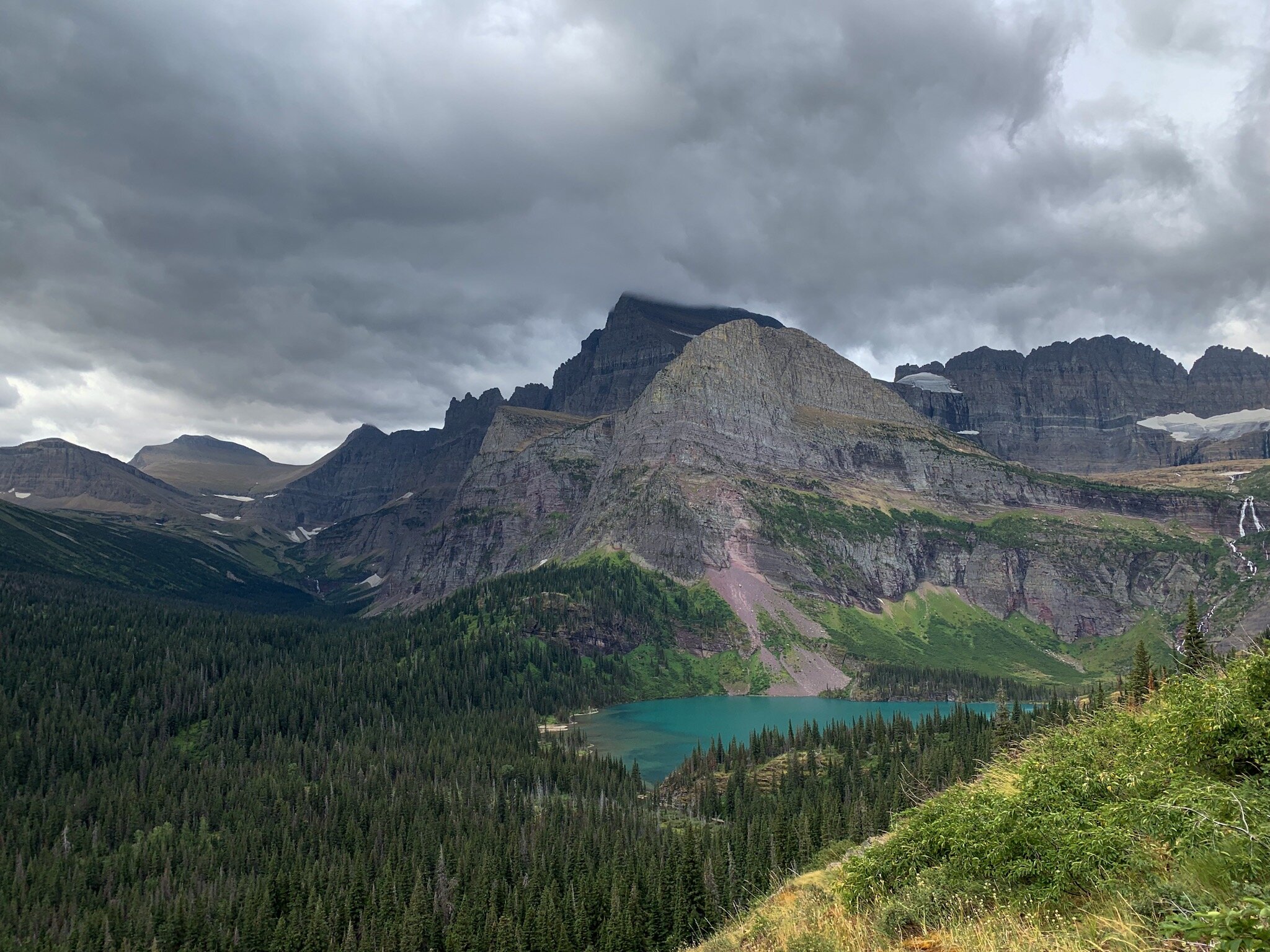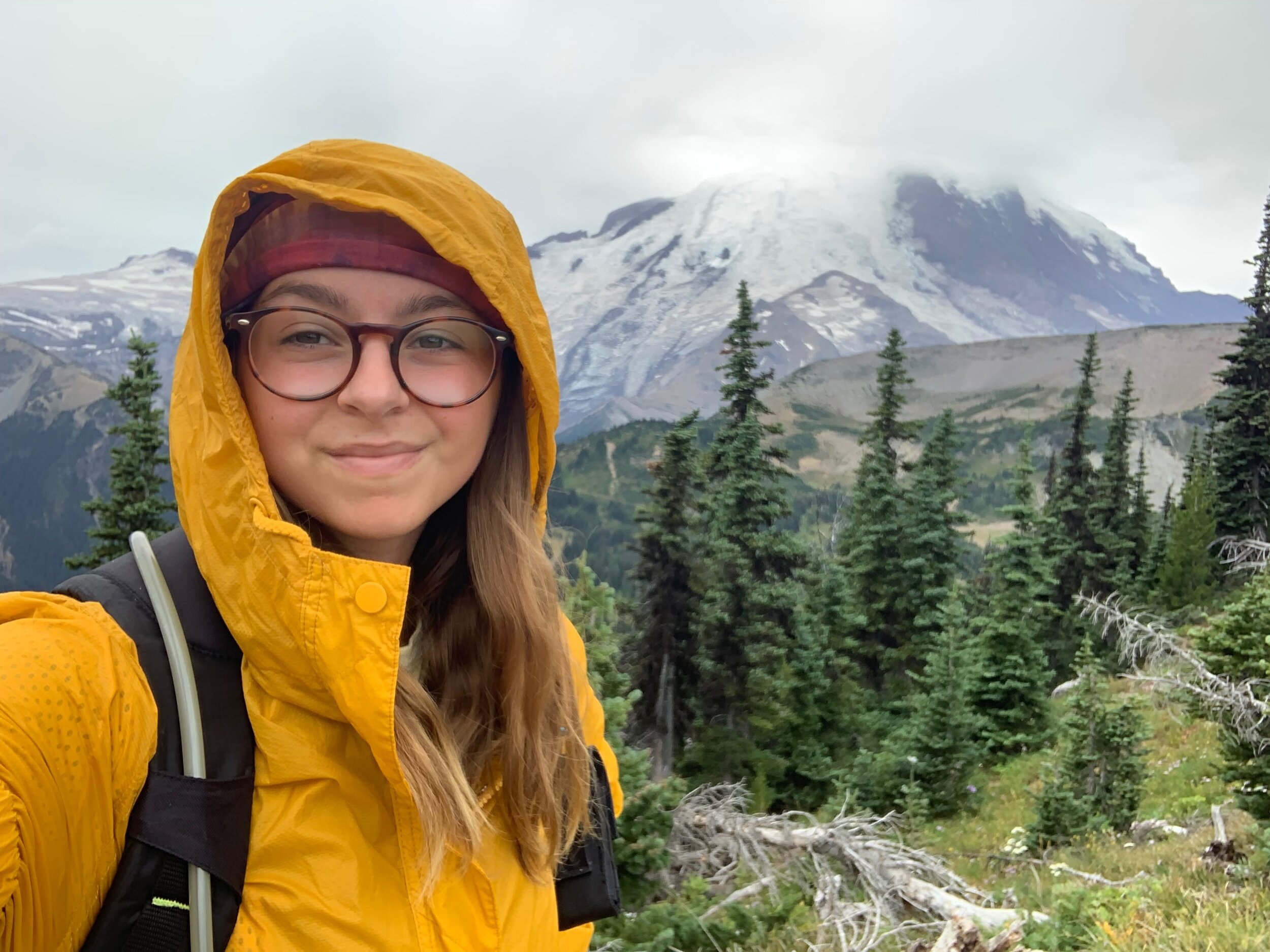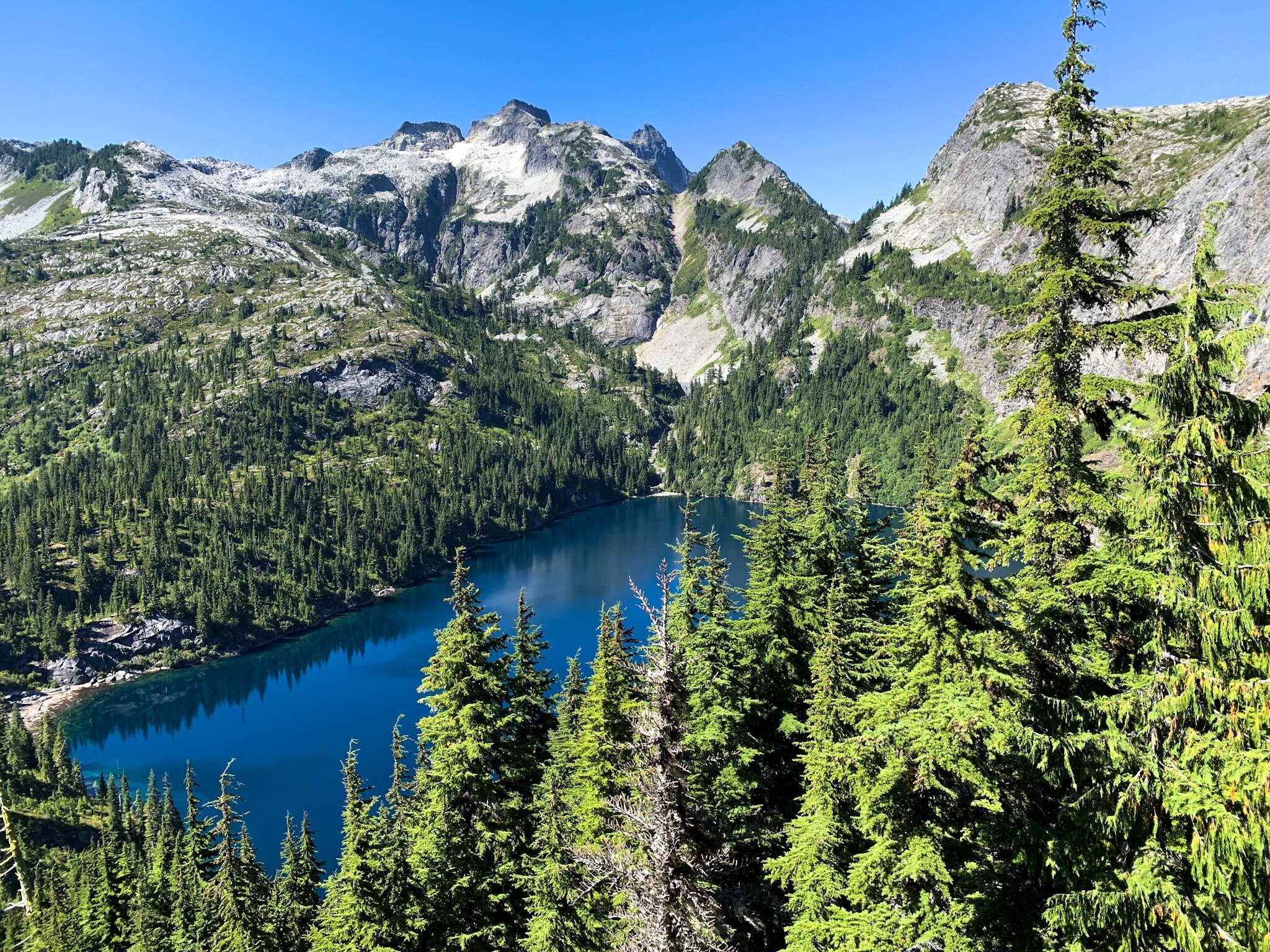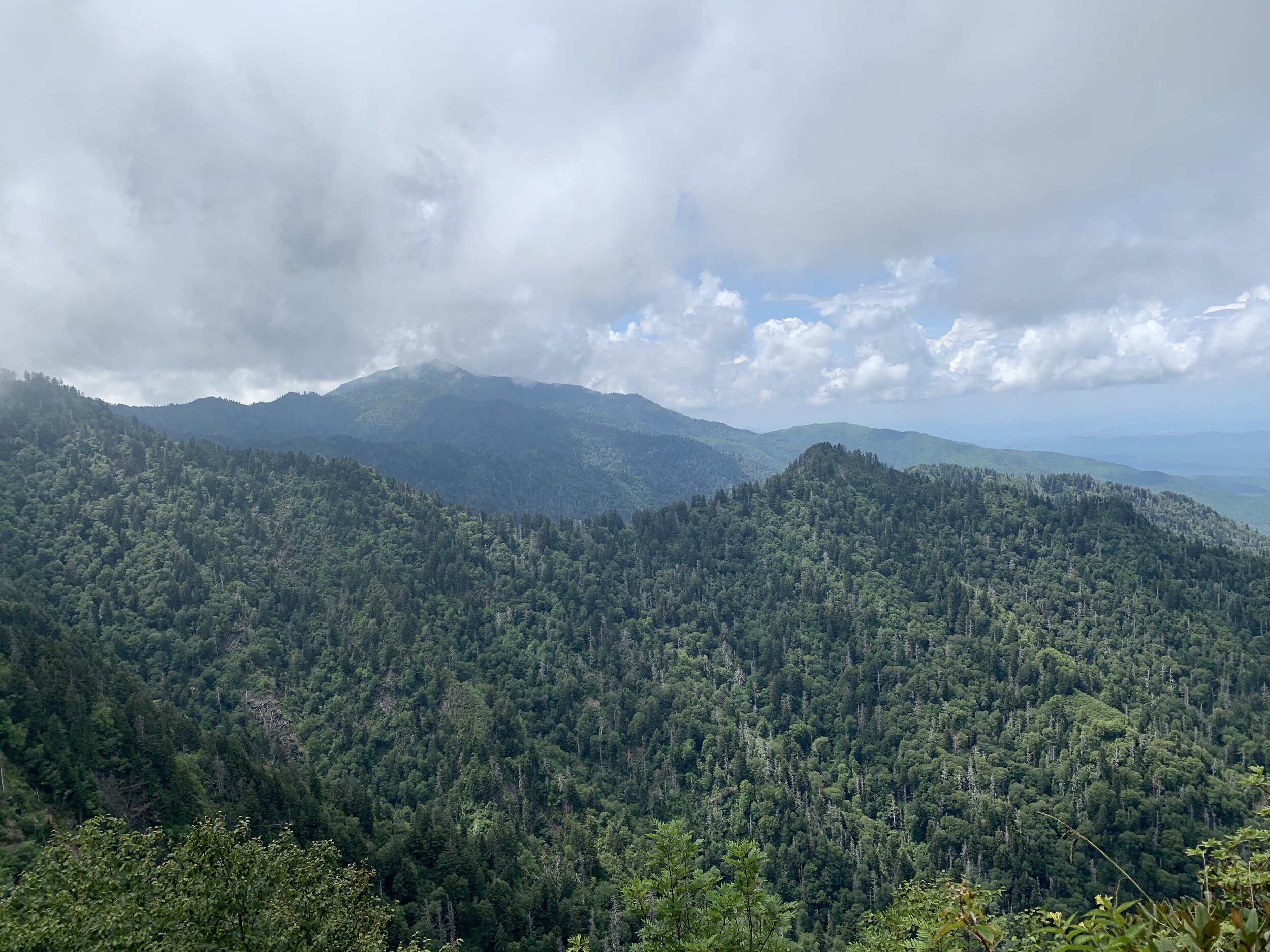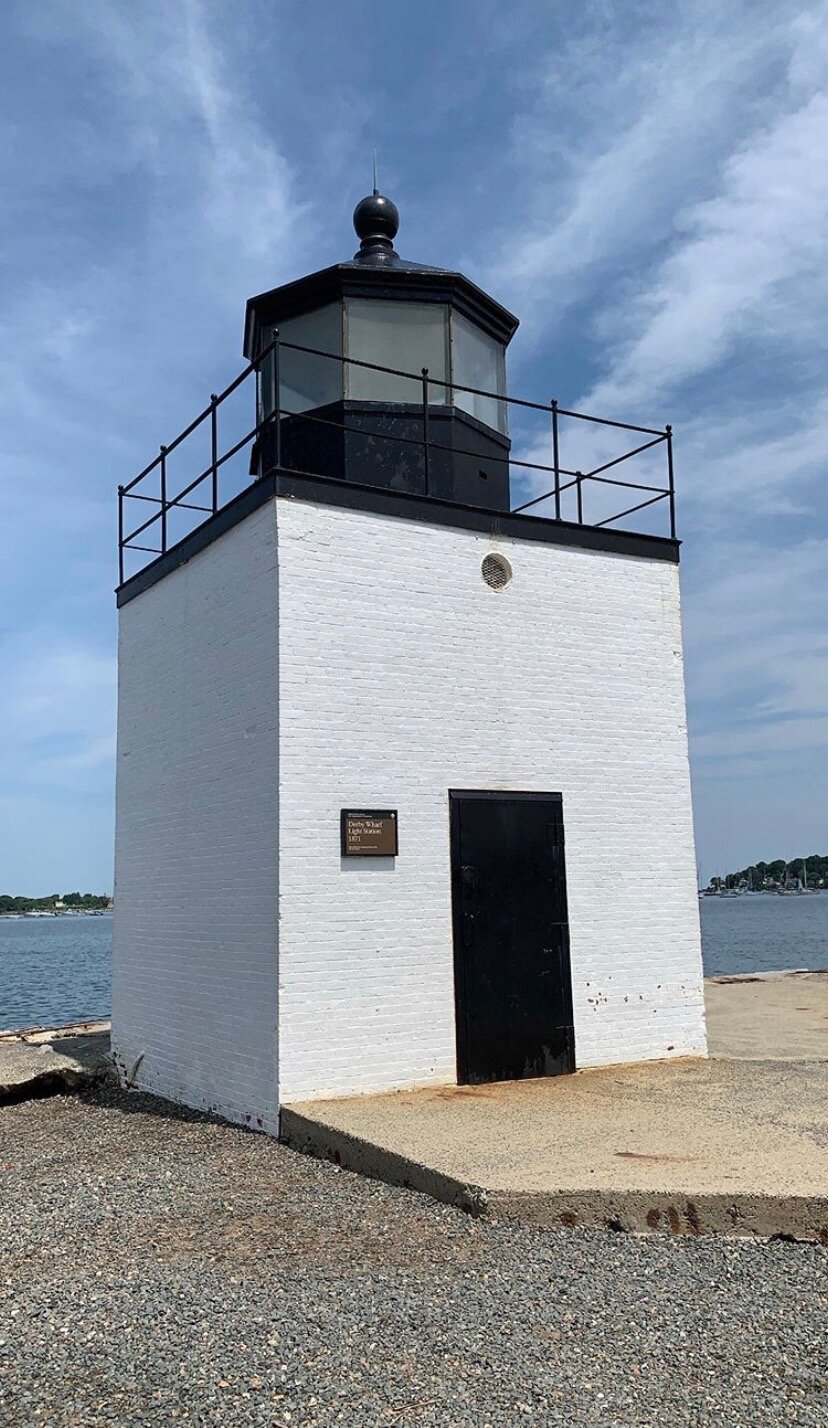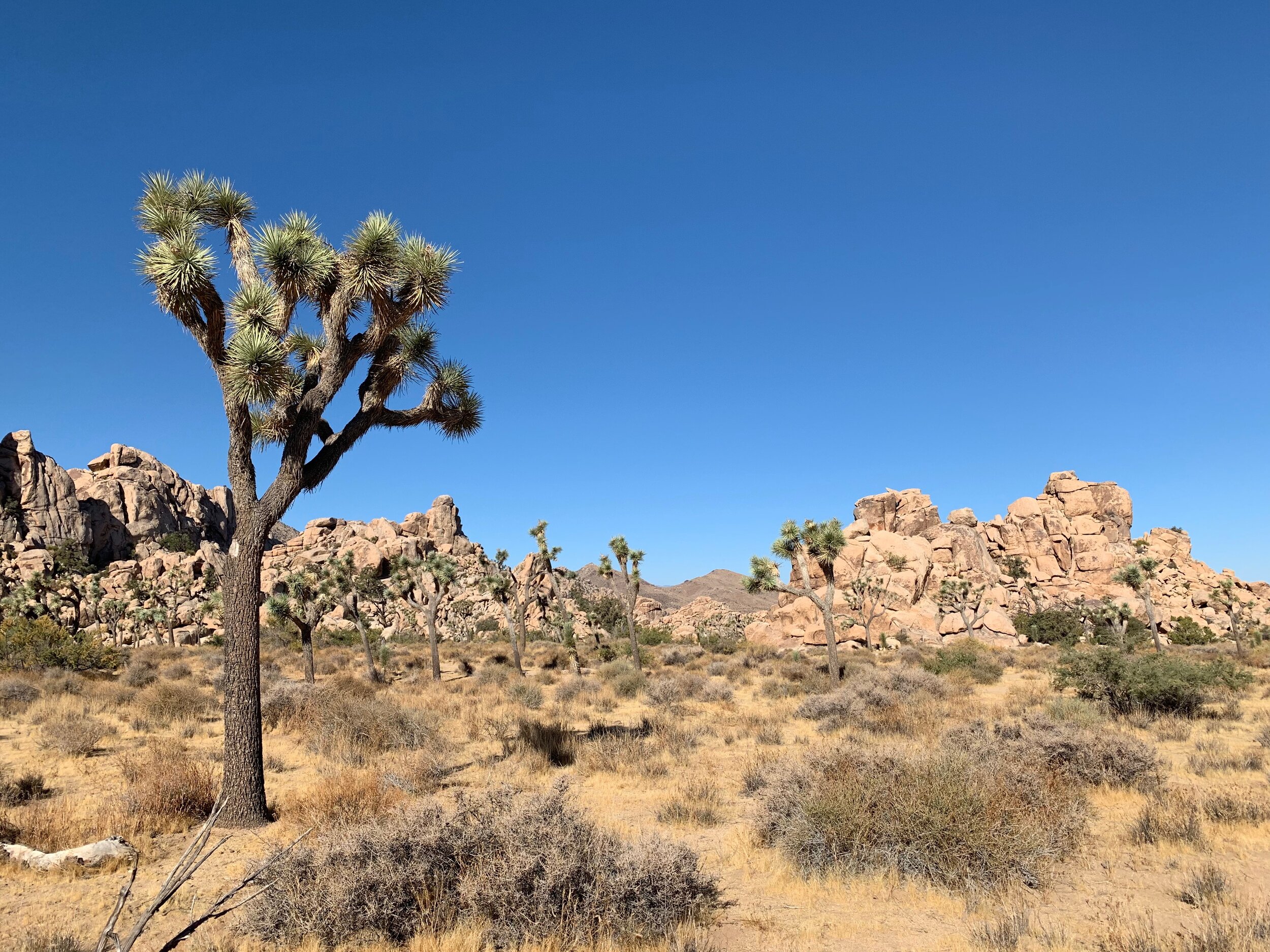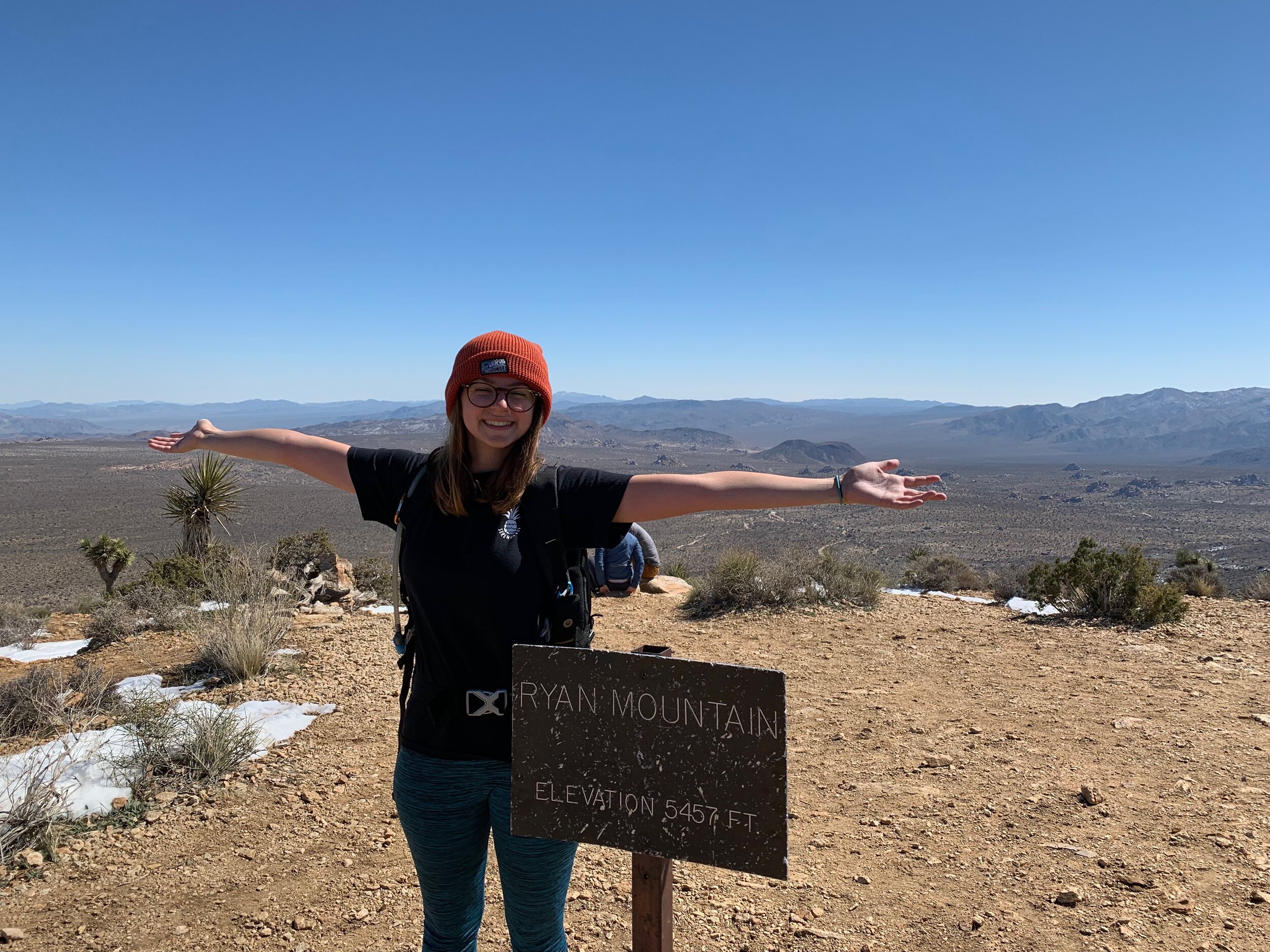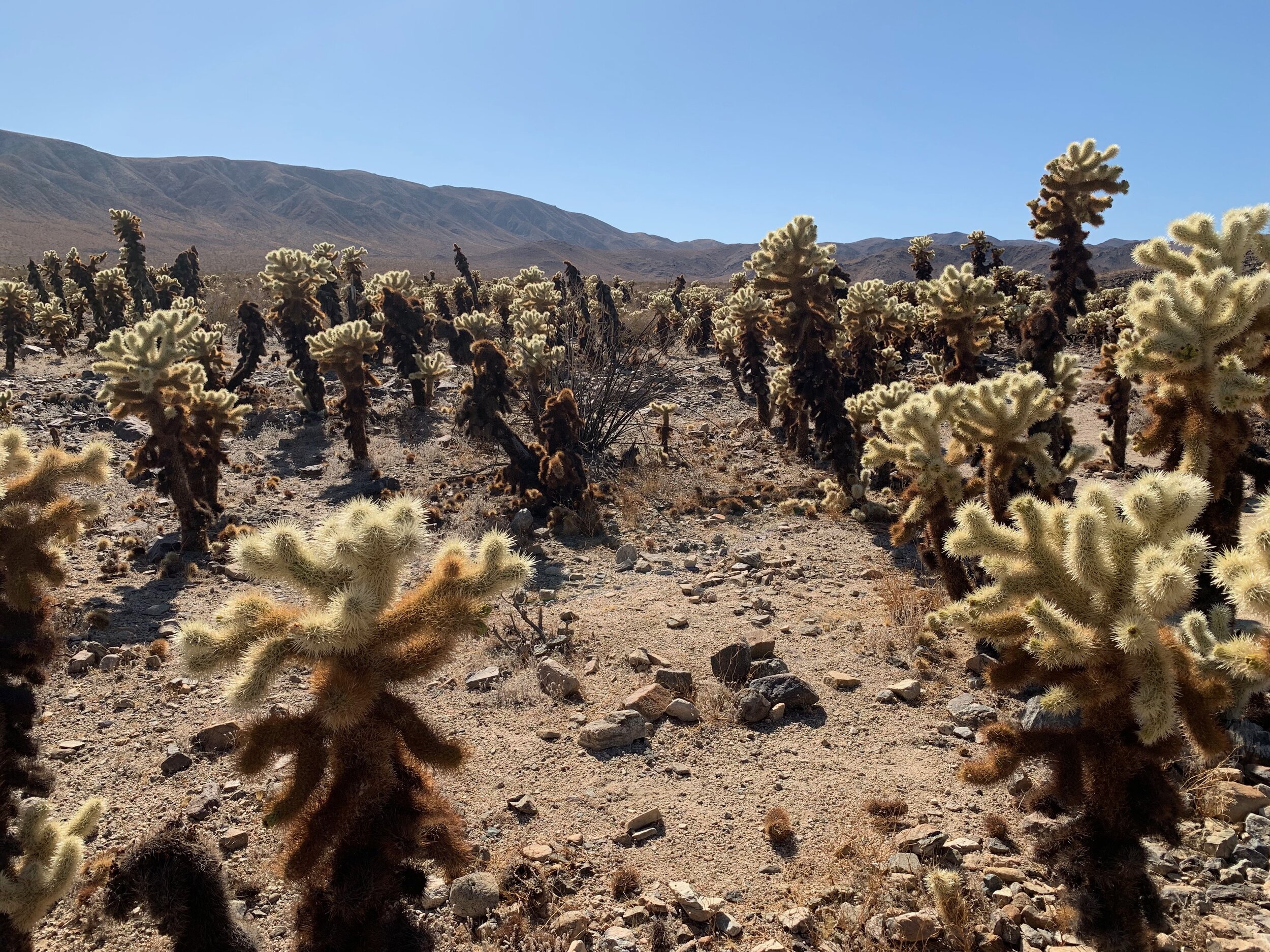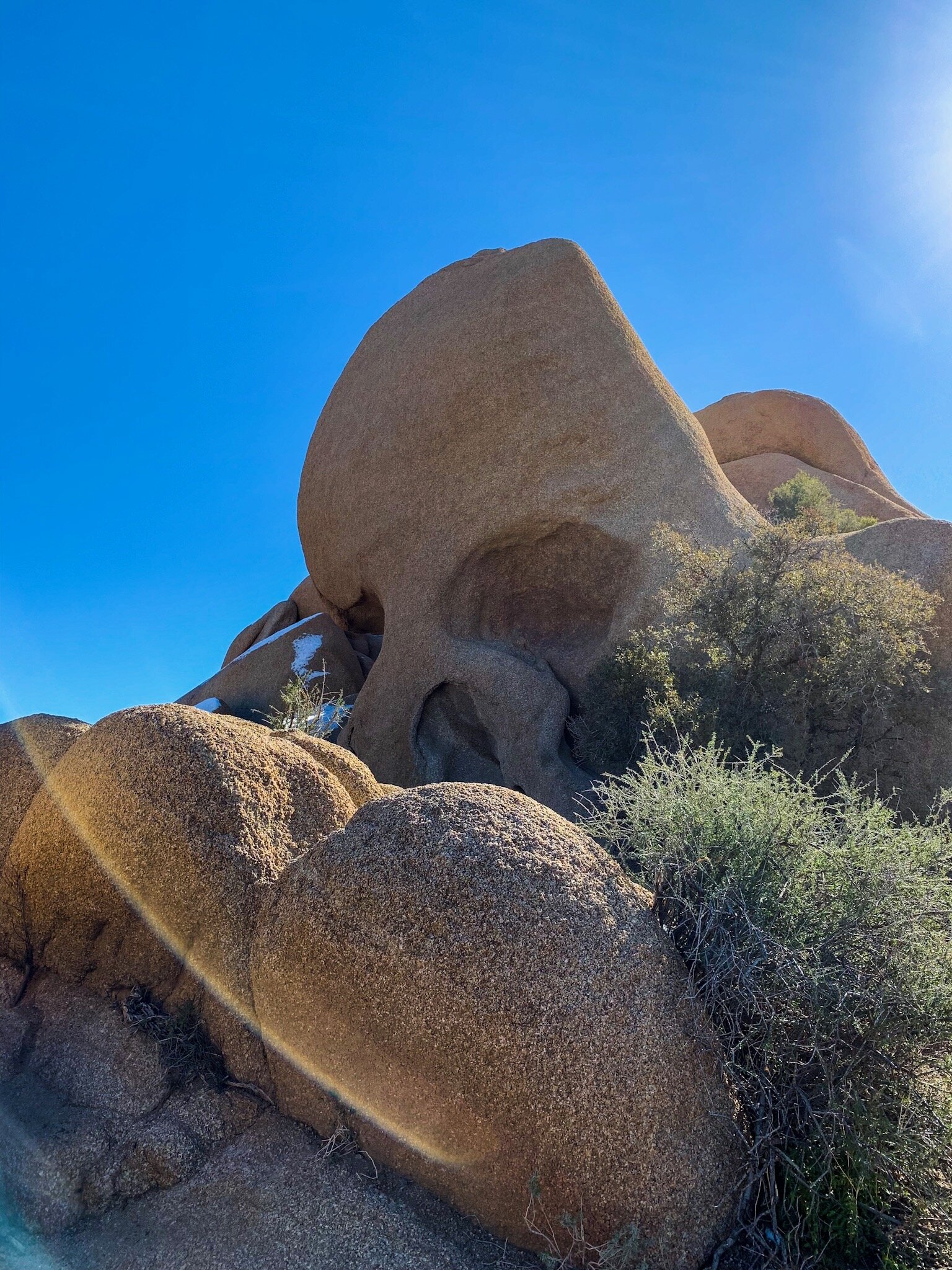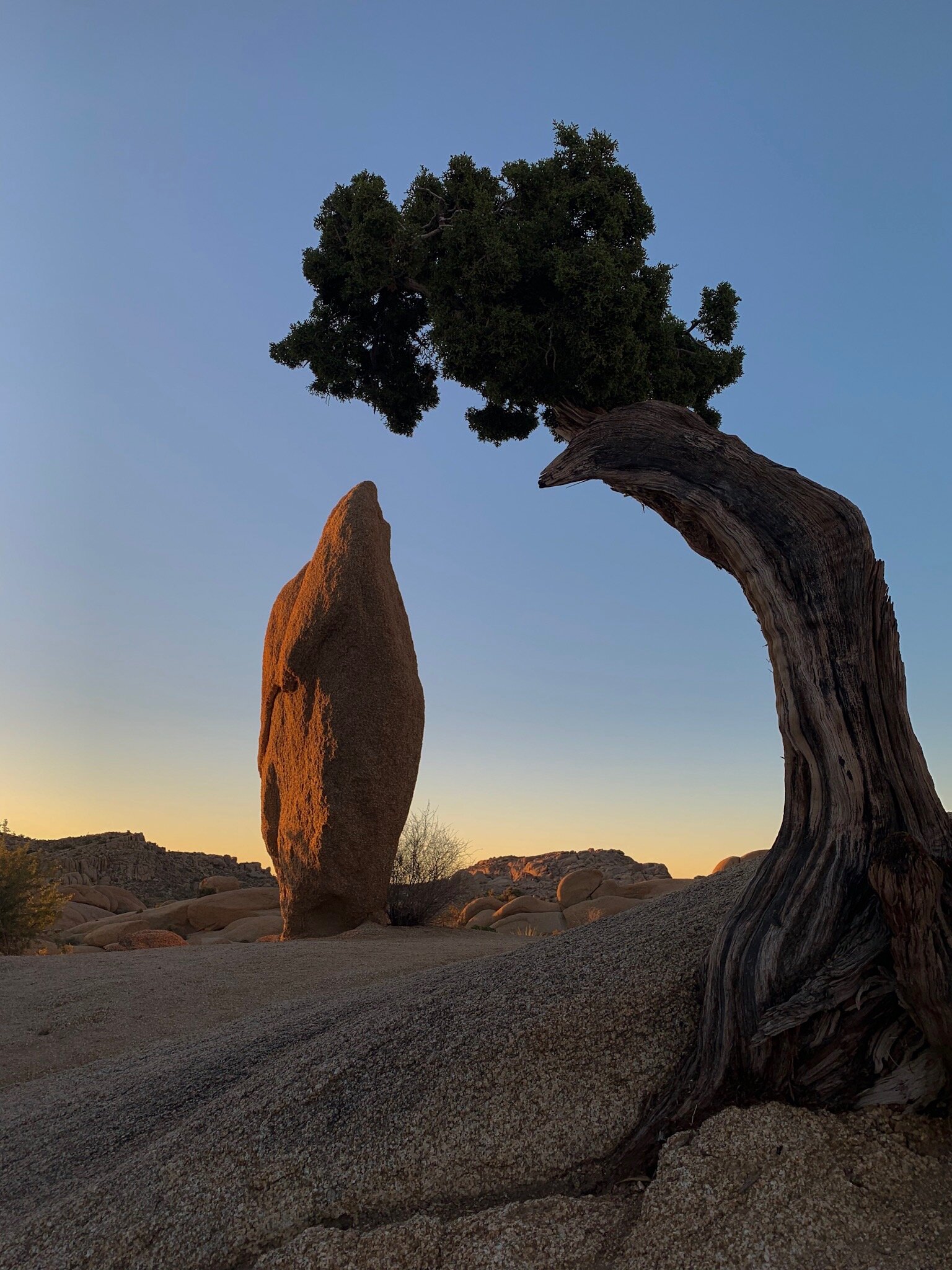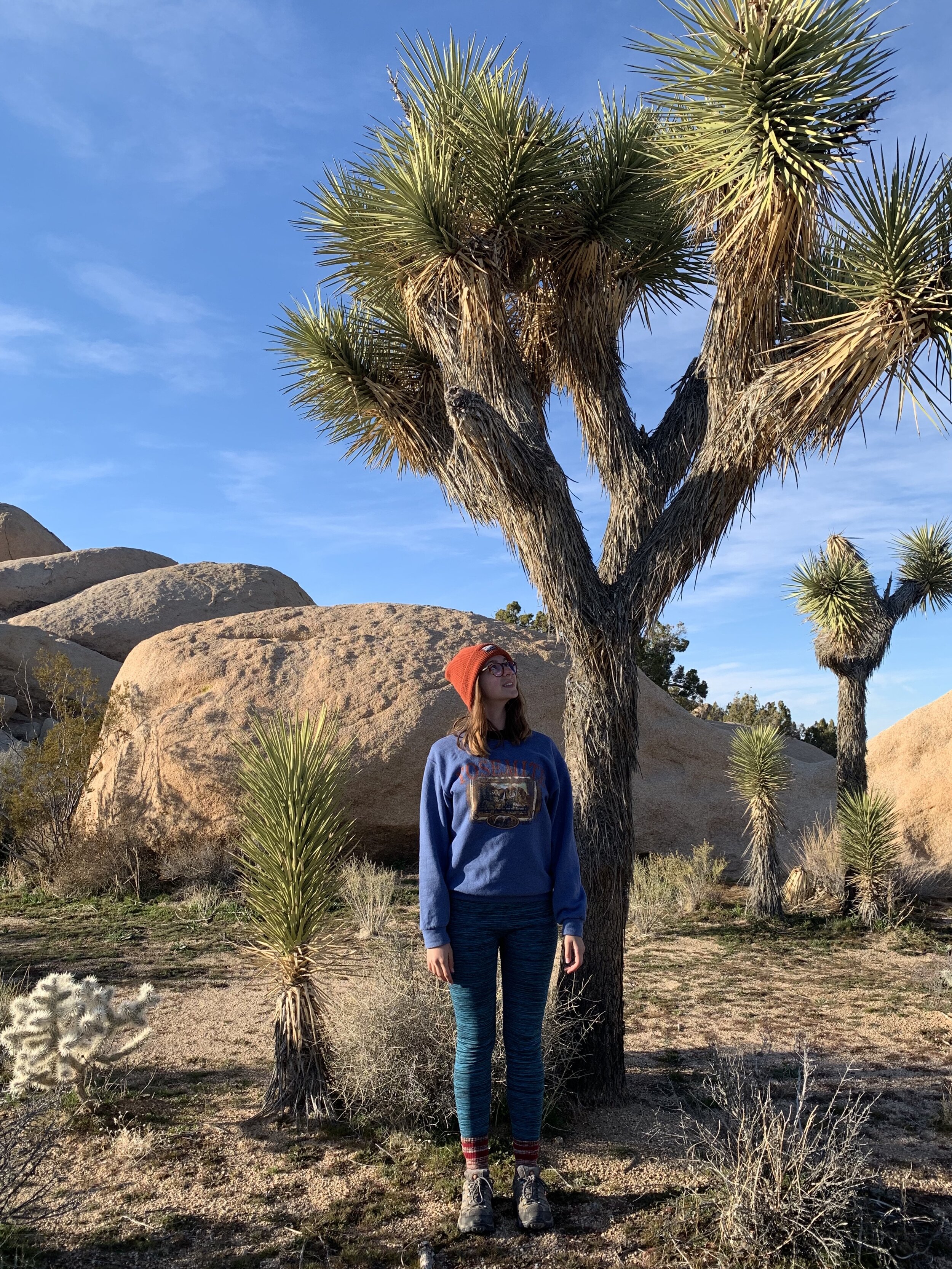This post may include affiliate links
Let’s just get one thing out on the table: the US is huge. Because of its size, this one country is home to tons of crazy landscapes, from the tundra of Alaska (which is still on my list) to the volcanoes of Hawaii. Really, the US is home to some incredible, insane, unexpected landscapes you can’t find anywhere else. These are worlds you might think you’d find way up in Canada’s Northern Territories, in the deserts of Africa, or even, maybe, an alien planet?
Here are the most unexpected destinations in the US, which you should probably add to that bucket list after you’re done reading this.
(Disclaimer: 100% of these spots are run by the National Park Service. There’s a reason these spots are protected land, so please, if you visit, make sure you keep them as pretty as when you arrived).
Glacier National Park, Montana
Devils Tower National Monument, Wyoming
I know I’ve talked about it on the blog before, but it’s such a cool place, it can’t not make this list (don’t worry, it’s the only repeat destination on here). Devils Tower is truly one of a kind. It’s the only rock formation like this in the world and attracts huge numbers of rock climbers, hikers, and sightseers to its park every year. Devils Tower is a sacred place for Native Americans, and you might see prayer flags as you hike around the park, especially close to the tower. This is also a great place to see wildlife (especially prairie dogs), as this part of Wyoming is right where the pine forests of this mountain state and the grasslands of the neighboring Dakotas meet. And, if you want to visit Devils Tower and the Badlands in one go, they’re not too far from each other!
Read more about Devils Tower HERE!
Devils Tower National Monument, Wyoming
Bryce Canyon National Park, Utah
Okay, I know Utah’s other National Parks are a bit more famous, but Bryce is absolutely mind-blowing. Bryce Canyon is known for its hoodoos—the strange rock formations that visitors describe as looking like either people or sandcastles (or both!). Advanced hikers have the chance to hike down into the hoodoos and experience them up close, but even if you don’t trust your hiking ability, there are plenty of fantastic views from the rim! This is one of the most unique desert landscapes out there, and is the largest collection of hoodoos in the world. They’re formed through a combination of plate tectonics, sediment deposition, and erosion, and their bright orange color lets them form a truly alien landscape.
Bryce Canyon National Park, Utah
Hoh Rainforest, Olympic National Park, Washington
While there are a couple temperate rainforests in the United States, the Hoh Rainforest in Washington’s Olympic National Park is the only temperate rainforest you can actually drive your car into. Complete with a campground, tons of interesting wildlife, and scattered rainstorms, this is truly a landscape to escape to. It honestly feels like you’re in a different country (or maybe the world of Jurassic Park?), and the temperature ranges from hot and humid to freezing cold in the winter. Located in the Pacific Northwest, it’s clear that this is a place that stands out amongst the surrounding mountains, coastline, and big cities.
Hoh Rainforest, Olympic National Park, Washington
Haleakala National Park, Maui, Hawaii
Haleakala National Park literally looks like Mars. This was actually the first National Park I ever visited, and needless to say, I was blown away. From the long winding drive up the dormant volcano to the vast, red landscapes that feel like they don’t belong on the lush, green island of Maui, Haleakala is a landscape you truly can’t find anywhere else in the US, and perhaps nowhere else in the world. Haleakala is known for its sunrises, and often, tourists will take a bike tour to ride down the mountain just as the sun comes up over the Hawaiian horizon.
Haleakala National Park, Maui, Hawaii (photo “vintage” circa 2012)
Glacier National Park, Montana
Glacier National Park is hands down, my favorite place I’ve ever visited. This alpine landscape definitely deserves to be on this list as one of the most unexpected places in the US, simply because it’s not a landscape that you’d generally find this far south. Although many of the Glaciers are now melted, there are still a few that stand which are accessible by hiking trails. I wouldn’t recommend hiking to the glacial views, though, unless you’re an advanced hiker, as the trails that allow you to see the most intact Glaciers are quite long. There are accessible views of Jackson Glacier, though, along the Going to the Sun Road. The Going to the Sun Road offers some of the most beautiful views in the country (although it is often closed November through May), and is only accessible to vehicles less than 21 feet long.
There are three sections of Glacier: East Glacier, which is at a higher elevation and offers great views of St. Mary Lake and some of the first views of these incredible mountains, West Glacier, which is tucked away in the woods and close to the adorable town of Whitefish, and Many Glacier, which is where much of the glacial access is hiding, including the famous Grinnell Glacier trail.
I could go on about Glacier forever, but for now, it should definitely be added to your summer bucket list. It does get crowded, so get there early for a campsite, and plan on taking the shuttle around the park if you can to reduce car traffic. Most importantly, though, in this remote National Park, make sure that you respect wildlife—it’s everywhere, it’s beautiful, but wildlife is wild, and should be enjoyed from a distance.
Glacier National Park, Montana
Honorable Mentions:
Badlands National Park, South Dakota
Congaree National Park, South Carolina
Mammoth Cave National Park, Kentucky
The United States is home to an incredible array of unique landscapes. From the deserts and hoodoos of Bryce Canyon to the melting glaciers of Glacier National Park, the diversity of the country’s landscape is one that’s hard to challenge. These are five places that should absolutely be on your adventure list— they’re sure to give you the wow factor you’re looking for in a National Park, and will inspire adventures to last a lifetime.
No trip to a National Park is complete without the right gear. To shop my favorite outdoor gear at a great price, head over to Madera Outdoor, and use code “halleswanderingsoul” for 20% off!










